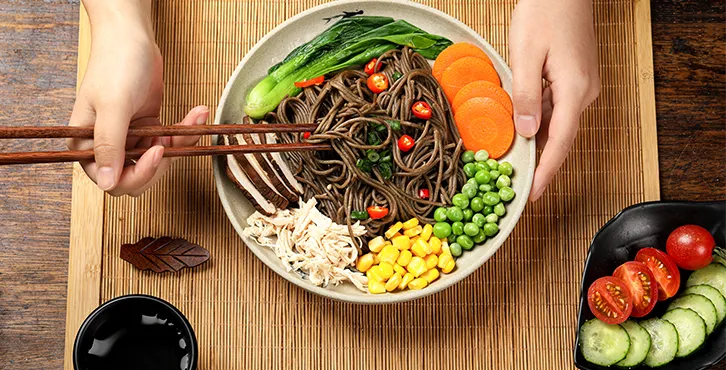soba pasta
The Delightful World of Soba Pasta
Soba pasta, a traditional Japanese noodle made from buckwheat flour, offers a unique and delightful culinary experience that is gaining popularity worldwide. Known for its nutty flavor and distinctive texture, soba serves as a versatile base for a variety of dishes, appealing to both health-conscious individuals and food enthusiasts alike. In this article, we will explore the origin, health benefits, cooking methods, and innovative recipes that highlight the charm of soba pasta.
Origin and Tradition
Soba noodles have a rich history in Japan, dating back to the Edo period (1603-1868). Initially made by hand, the craft of soba-making has been honed over centuries. Soba itself translates to buckwheat, which is a pseudocereal cultivated in many parts of the world. The traditional method of making soba involves grinding buckwheat grains into flour and mixing it with a small amount of wheat flour to help with the elasticity. The result is a noodle that is both firm and chewy, with a beautiful grayish hue.
Health Benefits
One of the primary reasons for soba's growing popularity is its impressive nutritional profile. Buckwheat, the primary ingredient in soba, is gluten-free, making it an excellent alternative for those with gluten sensitivities or celiac disease. Additionally, soba is rich in protein, providing a complete amino acid profile, which is rare in plant-based foods.
Soba is also packed with essential minerals like manganese, phosphorus, and magnesium and is high in dietary fiber. These nutrients contribute to improved digestive health and help regulate blood sugar levels. The presence of antioxidants in buckwheat, such as rutin, can support cardiovascular health by reducing blood pressure and improving circulation.
Cooking Methods
soba pasta

Soba pasta can be enjoyed both hot and cold, making it suitable for various seasons and occasions. Traditionally, soba is served chilled with a dipping sauce called tsuyu, made from soy sauce, mirin, and dashi. This refreshing dish, called zaru soba, is particularly popular in the summertime.
For a warm option, soba can be used in soups, such as soba noodle soup or kake soba. These dishes typically feature a flavorful broth garnished with vegetables, tofu, or meats, showcasing the noodles' versatility. Furthermore, soba can be stir-fried or incorporated into salads, allowing for endless culinary creativity.
Innovative Recipes
With the rise of fusion cuisine, chefs and home cooks alike are getting creative with soba pasta
. One innovative recipe includes a soba salad with a sesame-peanut dressing, coupled with grilled chicken or tofu, and a colorful array of bell peppers, cucumbers, and carrots. This dish is not only nutritious but also visually appealing.Another exciting way to enjoy soba is by incorporating it into Asian-inspired stir-fries. Simply cook the noodles and toss them with a mix of seasonal vegetables, your choice of protein, and a savory sauce made from soy sauce, ginger, and garlic. This quick and easy meal is packed with flavor and is perfect for busy weeknights.
For dessert, adventurous cooks can try soba pancakes or soba flour muffins, adding a unique twist to traditional recipes while maintaining a wholesome and nutritious profile.
Conclusion
Soba pasta invites us to explore the delicious intersection of health and flavor. With its rich history, remarkable health benefits, versatile cooking methods, and innovative recipes, it’s no wonder that soba is making its way into kitchens around the globe. Whether served chilled with a dipping sauce or as part of a hearty soup or salad, soba exemplifies the delightful blend of tradition and modern culinary creativity. So why not give this extraordinary noodle a try? You may just fall in love with soba pasta.
-
Unleash Your Inner Chef with Delectable Italian Pasta CreationsNewsAug.01,2025
-
Savor Health and Flavor: Irresistible Soba Noodles for Sale Await!NewsAug.01,2025
-
Nourish Your Body with Premium Organic Ramen - A Culinary Delight AwaitsNewsAug.01,2025
-
Elevate Your Dishes with Our Exquisite Kinds of Egg NoodlesNewsAug.01,2025
-
Dive into Flavorful Convenience with Our Ramen OfferingsNewsAug.01,2025
-
Discover Exquisite Types of Naengmyeon and Chilled Soba NoodlesNewsAug.01,2025
-
Is Whole Wheat Pasta Healthy?NewsMay.30,2025
Browse qua the following product new the we

















































































































